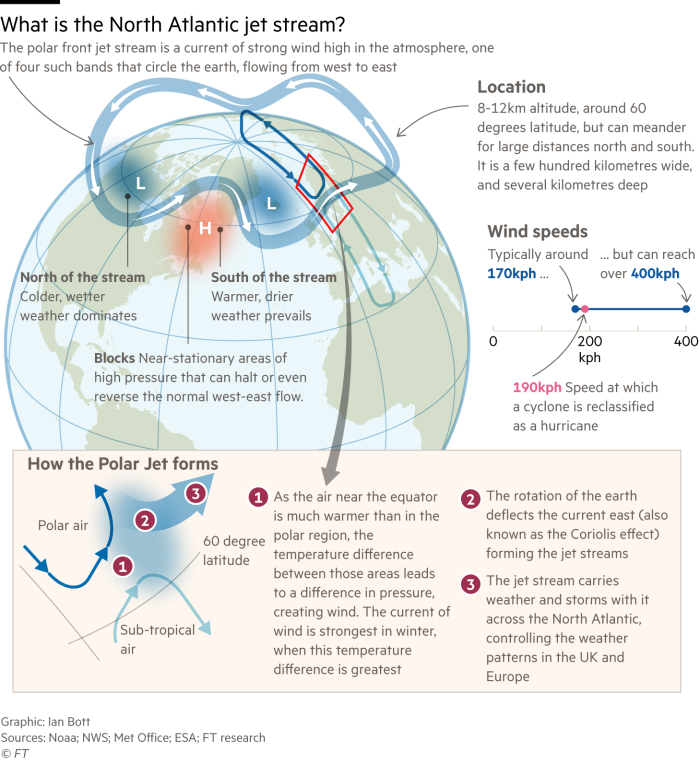https://insideclimatenews.org/news/06122022/why-american-aluminum-plants-emit-far-more-climate-pollution-than-some-of-their-counterparts-abroad/
By Phil McKenna
December 6, 2022
This article was published in partnership with NBC News.
-----
Though considered non-toxic by the U.S. Occupational Safety and Health Administration, tetrafluoromethane (CF4) and hexafluoroethane (C2F6), PFCs that are unwanted byproducts of aluminum production, are among the most potent and longest-lasting greenhouse gases on the planet. They belong to a class of synthetic, fluorine-containing chemicals known as “the immortals” because of how long they remain in the atmosphere. Once the gases are released, they are “essentially permanent additions to the atmosphere,” the Environmental Protection Agency notes.
PFCs threaten “the public health and welfare of current and future generations,” according to a 2009 determination by the EPA as part of a sweeping “endangerment finding” on greenhouse gases. However, unlike carbon dioxide and methane, the EPA does not regulate PFCs.
CF4, the primary PFC released by Century Aluminum, is 7,380 times worse for climate change than carbon dioxide on a ton-for-ton basis over a 100-year period. But, unlike CO2, which remains in the atmosphere for approximately 300-1,000 years, CF4 remains in the atmosphere for 50,000 years.
In 2021, the Sebree plant, the largest U.S. aluminum production facility operating at full capacity, vented 24 tons of perfluorocarbons (PFCs) into the air. The emissions equal the annual greenhouse gas emissions of 40,000 automobiles—ones that will remain on the theoretical road for tens of thousands of years.
Meanwhile, a newer plant also owned and operated by Century Aluminum in Grundartangi, Iceland, emits just one sixth the perfluorocarbons (PFC) emissions per ton of aluminum, as compared to the company’s Sebree plant, according to an Inside Climate News assessment of Environmental Protection Agency data as well as financial and environmental reports published by Century and Nordural, its Icelandic subsidiary.
-----
In a case similar to that of Century Aluminum, Alcoa’s Intalco smelter in Ferndale, Washington, emitted nearly 50 tons of PFCs in 2020 before curtailing production.
That’s in contrast to Alcoa’s Fjarðaál smelter in Fjarðabyggð, Iceland, which has a PFC emissions intensity less than one fortieth that of the recently shuttered Intalco smelter
-----
Jim Beck, a spokesperson for Alcoa said “we do not disagree” with the assessment. Beck added that emissions from the Intalco facility were high “due to the older technology and operational instability that the facility was experiencing.”
-----
In some cases, multinational companies have slashed emissions at their overseas facilities while continuing to operate older U.S. plants with some of the highest PFC emissions rates in the world.
Industry analysts say the stark contrast is due to regulatory differences and the relative cost of electricity, the largest expense for the energy-intensive industry. Iceland, which is subject to the European Union’s carbon trading market, places a high price on PFC emissions based on the gas’s outsized climate impact. There is no such fee or regulatory limit for PFC emissions in the U.S.
-----
Barry Welch, a chemical engineering professor at the University of New South Wales in Sydney, Australia, who has consulted for many of the world’s leading aluminum production companies, said the aging U.S. smelters are like Model T cars.
“They are out of date,” Welch said of the current fleet of U.S. smelters, which were built between 1902 and 1980. “They should be shut down.”
Yet, security experts say the U.S. must find a way to keep the aluminum plants open. The strong, lightweight metal is used to make everything from more fuel-efficient cars and airplanes to solar panels and satellites.
“Just as we are reliant on the Middle East for oil, we will soon be in position where we will be reliant on China and Russia for aluminum,” said Joe Quinn, vice president of strategic industrial materials at SAFE Commanding Heights, an organization based in Washington, D.C., that advocates for U.S. energy security. “There is a legitimate need to stabilize the aluminum sector for national security reasons.”
-----
In written testimony submitted to the United States International Trade Commission in 2017, company officials said aluminum producers were being “decimated” by “unfair practices of Chinese aluminum producers.”
-----


